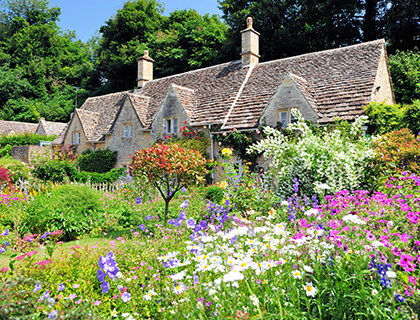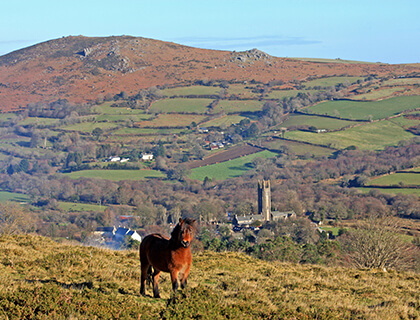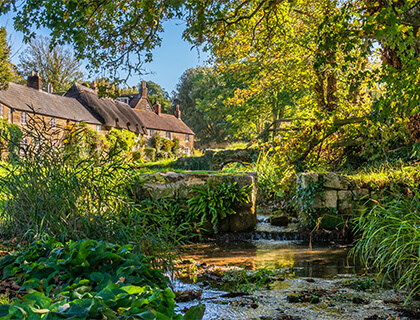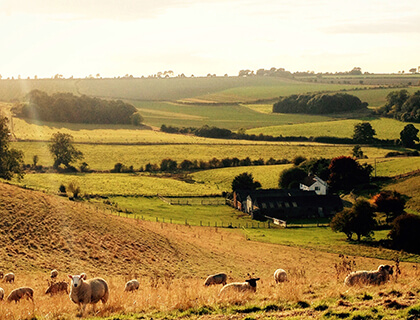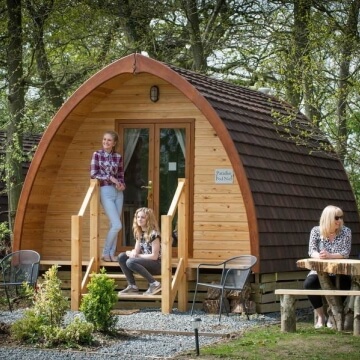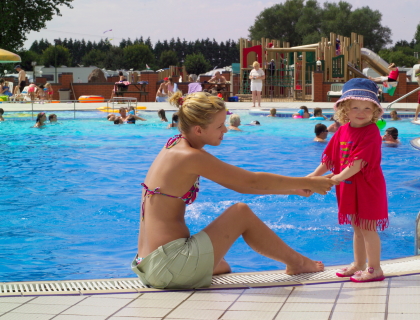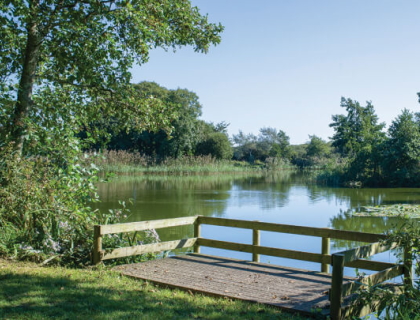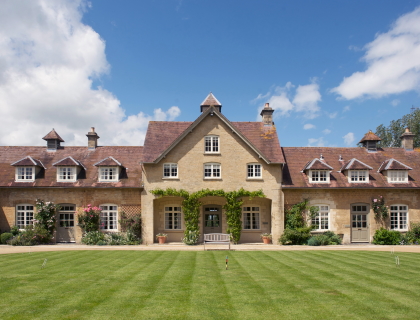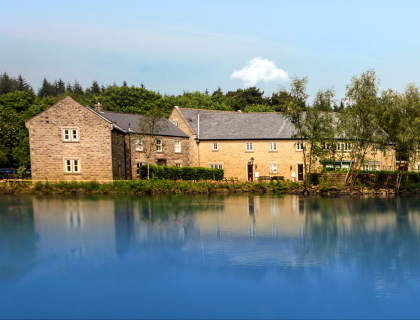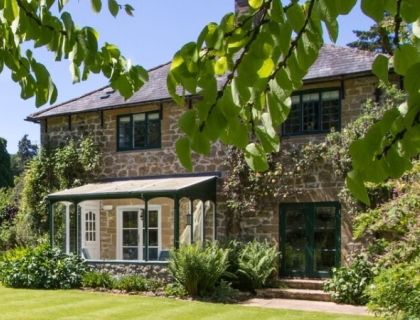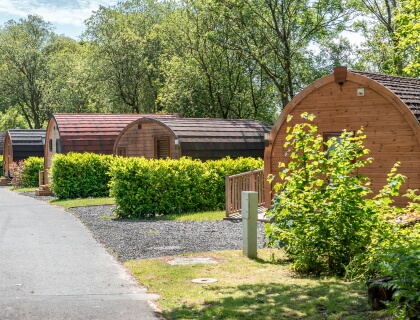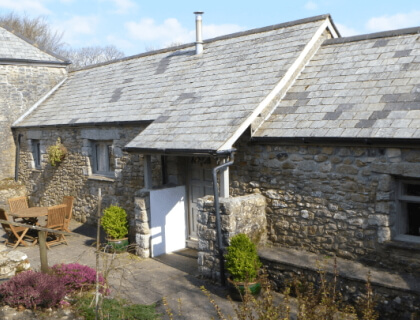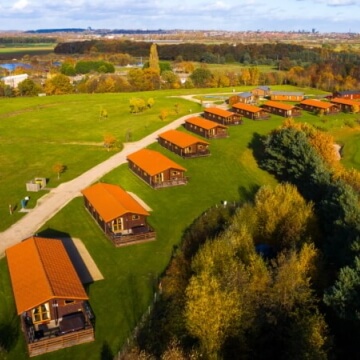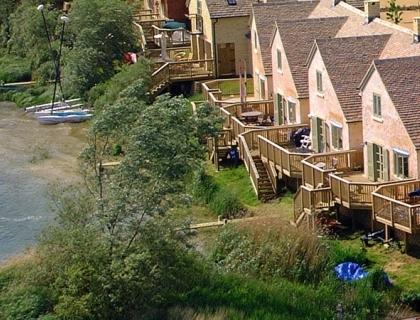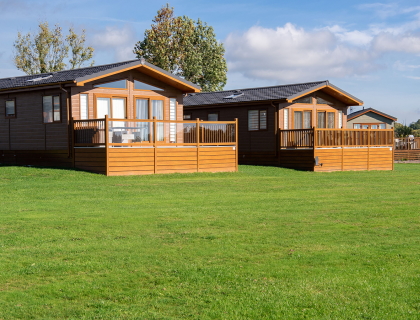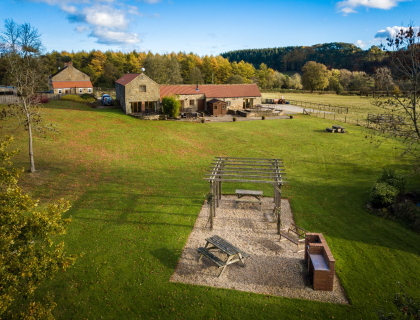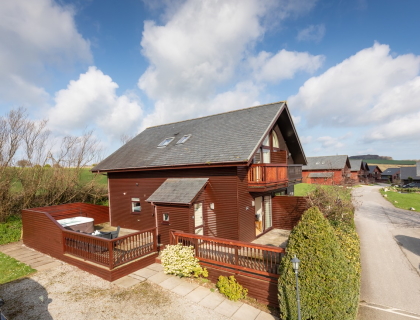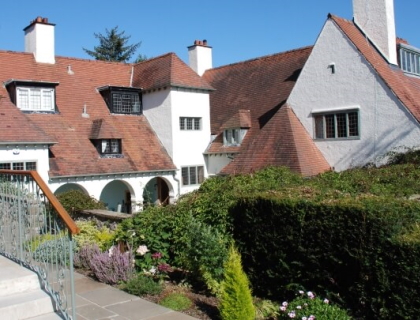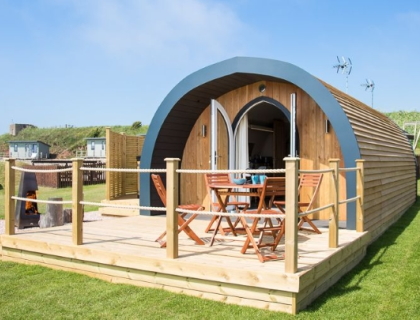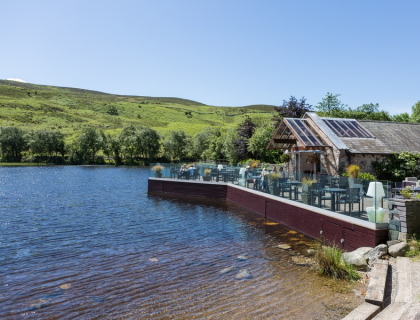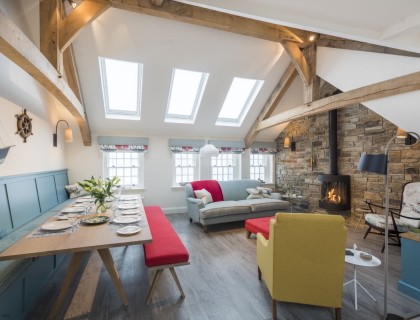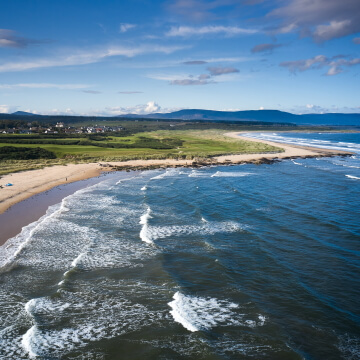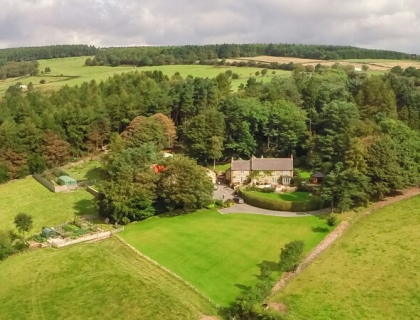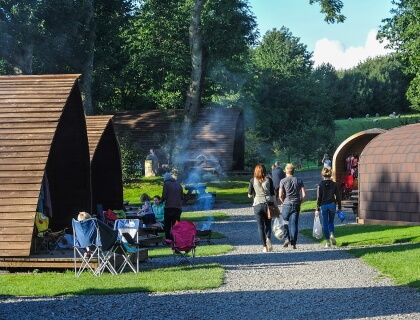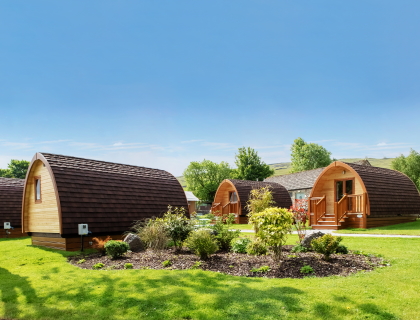Easter is a wonderful celebration for children and adults alike. Even if you’re stuck at home or indoors you can still make an Easter egg hunt for your children and bake your own Easter biscuits and cupcakes to decorate and enjoy. 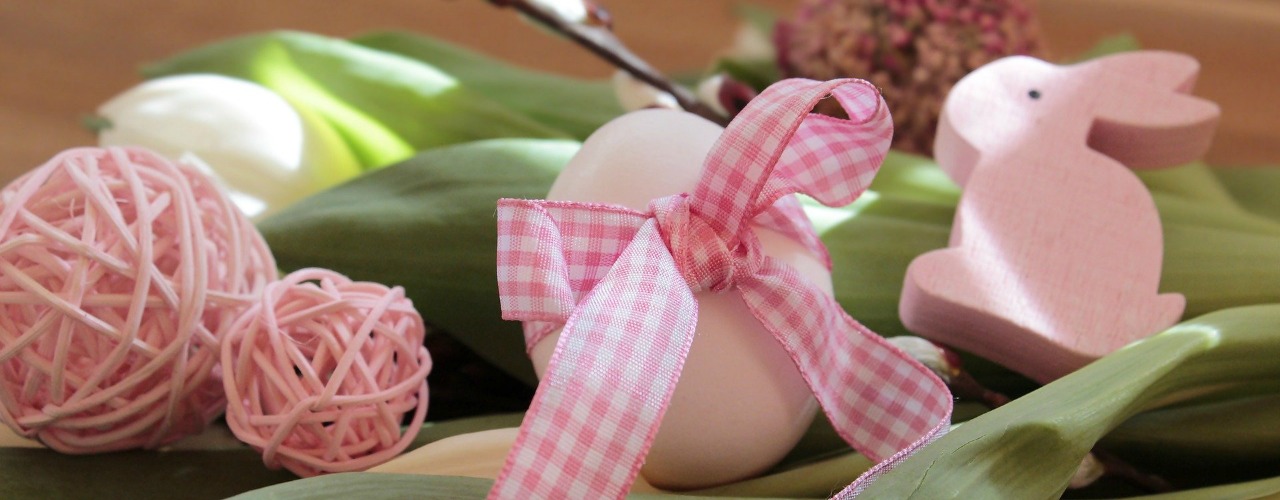
Indoor Easter Egg Hunt
It’s easy to make an indoor Easter egg hunt for your children, with riddles and rhymes to keep them guessing.
This is a simple hunt that you can arrange in your garden if it’s dry and sunny or in your house, or a combination of both. It works for any number of children if you adjust the number of eggs to the number of children at each location. You may also want to adjust the level of difficulty of the clues according to the ages of your children. With groups of two or more, they should feel like a team all working together with the older children helping their younger siblings.
It’s up to you whether you want to make your own cards, signs and baskets or buy them pre-made, which are available at most supermarkets.
If you’re watching the pennies you can make your own from paper (or the card from a cereal box), coloured pens and scissors. You will just need to buy chocolate mini eggs (or something similar of your choice such as egg shapes containing tiny toy bunnies or chicks) for them to collect.
Simply give each child a basket, then leave a trail of signs and clues around the house or garden with a treasure trove of goodies at the end for them to find. Or, better still, leave tiny goodies at each clue they get right to send them onto the next with a large prize at the end! We like these printable clues. And if you love words you can have fun creating your own rhyming couplets for clues.
Home-made Easter egg hunts will become fond memories for your children in years to come. My children still remember the indoor Easter egg hunts I did for them when they were little.
How to Make Easter Cakes and Biscuits
Traditionally, lightly spiced Easter biscuits with added currants are given to guests on Easter Sunday. These simple tried and tested recipes for traditional Easter biscuits and Easter carrot cupcakes can be made for adults or children to decorate with mini chocolate eggs, icing sugar bunnies, chicks or carrots. 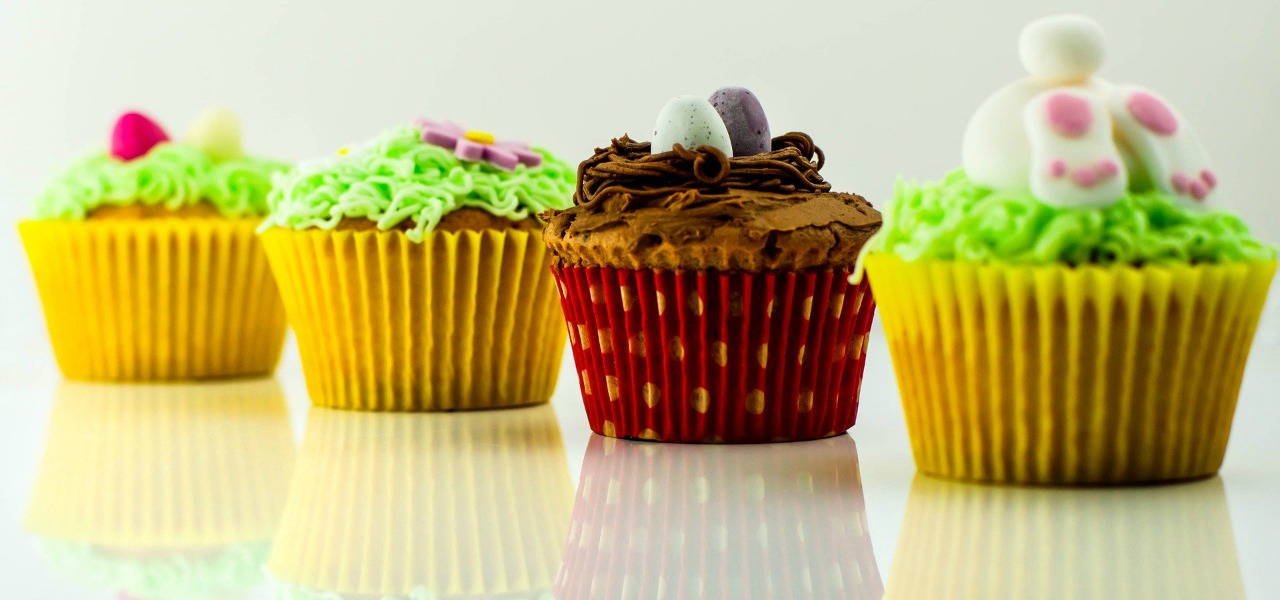
How to Make Easter cupcakes
These moist and tasty cupcakes are a wonderful mini version of the classic teatime treat, carrot cake. Simple to make, they can be topped with cream cheese flavoured with orange juice or iced with sweet toppings such as chocolate mini eggs or tiny icing sugar bunnies.
Here’s my slightly adapted favourite carrot cupcake recipe:
This recipe makes 18-20 small fairy cakes or 12 larger muffins.
Ingredients
2 eggs (large)
175g golden caster sugar
150ml oil (sunflower or rapeseed)
200g self-raising flour
3 tsp mixed spice (or cinnamon and ginger)
2 medium carrots, grated
1 tsp vanilla extract (optional)
Finely grated zest of 2 oranges (optional)
Chopped nuts (optional)
For the topping
1½ x 200g tubs light soft cheese
50g icing sugar
A few drops of orange juice
Method
Preheat the oven to 180°C, gas mark 4. Place 18 paper fairy cake cases or 12 paper muffin cases in a deep bun or muffin tin.
Put the eggs, sugar and oil in a large bowl and beat with an electric whisk or with a hand whisk and much gusto for 2-3 minutes until light and fluffy.
Using a metal spoon, gently fold in the flour, spices, grated carrot and vanilla extract until thoroughly combined.
For small cupcakes, divide the mixture between the small fairy cake cases then place in the oven for 18-20 minutes until well risen and golden brown. For larger muffins, cook for 20-25 minutes. Carefully remove from the oven and leave to cool on a cooling rack.
For the frosting, beat together the soft cheese and icing sugar until smooth or the icing sugar and orange juice. Chill until ready to use and then spread over the top of the cooled cakes. 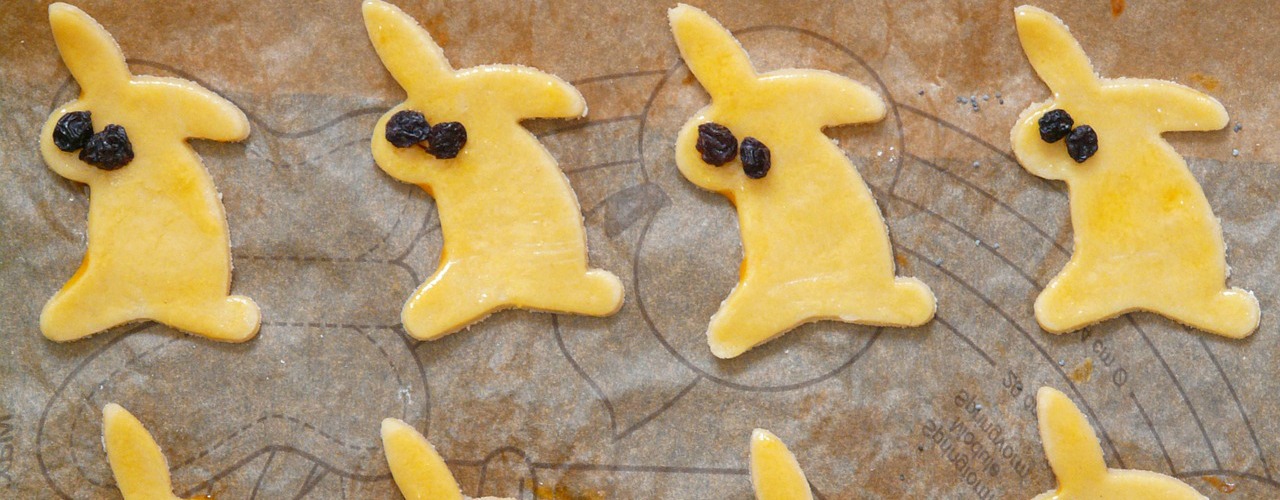
Traditional Easter Biscuits
Traditionally originating from Somerset, Easter biscuits are made from flour, butter, sugar, egg yolk and baking powder. They are lightly spiced with cinnamon or cassia oil and studded with currants. You can also make plain Easter biscuits in the shapes of eggs or rabbits and decorate with coloured icing.
Here’s my favourite traditional Easter biscuits recipe:
Ingredients
For the cookie dough
200g butter, softened plus extra for greasing
150g caster sugar
2 large egg yolks
400g plain flour, plus extra for dusting
1 level tsp ground mixed spice
1 level tsp ground cinnamon
2–4 tbsp milk
For the traditional currant biscuits
100g currants
Caster sugar for sprinkling
For the icing
1–2 tsp lemon juice
250g icing sugar
food colourings of your choice
Method
Preheat the oven to 180C/160C Fan/Gas 4. Lightly grease two baking trays lined with baking paper.
Beat together the butter and sugar together until light and fluffy. Then beat in the egg yolk.
Add the flour and spices and just enough milk to bring it together, using your hands, to make a soft dough.
Divide the mixture into two and set half to one side.
For the currant biscuits
Add the currants to half of the mixture and knead gently on a lightly floured work surface before rolling out to a thickness of about 5mm. Cut into circles using a round cookie cutter. Arrange on the baking trays and sprinkle with caster sugar.
Bake for 12-15 minutes, or until pale golden brown. Sprinkle with a little more caster sugar and lift onto a wire rack to cool. Once cooled, they should be stored in an airtight container.
For the iced biscuits
Knead the remaining half of the biscuit dough gently on a lightly floured work surface and then roll out to a thickness of 5mm. Cut out biscuits using cookie cutters in the shape of bunnies, chicks or Easter eggs.
Place the biscuit shapes on the prepared baking trays and bake in the preheated oven for 10–15 minutes. Remove from the oven and lift onto a wire rack to cool.
For the icing
Add one teaspoon of sieved lemon juice to the icing sugar and then slowly add about two tablespoons of cold water, little by little until you have a relatively stiff but smooth icing. Add a splash more sieved lemon juice if necessary but not too much so that it's runny.
Divide the icing into bowls and mix the food colouring in (a drop at a time!) until you achieve the desired shade. Pastel shades often look more appealing.
Spoon a little icing into a piping bag and pipe your decorations onto the biscuits. For a smooth finish, you can pipe the outline of your design in the firmer icing, then slacken it down a bit by mixing in a little more water, giving the icing more of a runny consistency, and use this to fill in the designs. If you don’t have a piping bag you can just spoon the icing slowly onto each biscuit with a teaspoon in a swirl.
Wishing you a Happy Easter from all the team at Michael Paul Holidays. And for more indoor fun with children, please visit Rainy Day Activities for Children and Adults.




